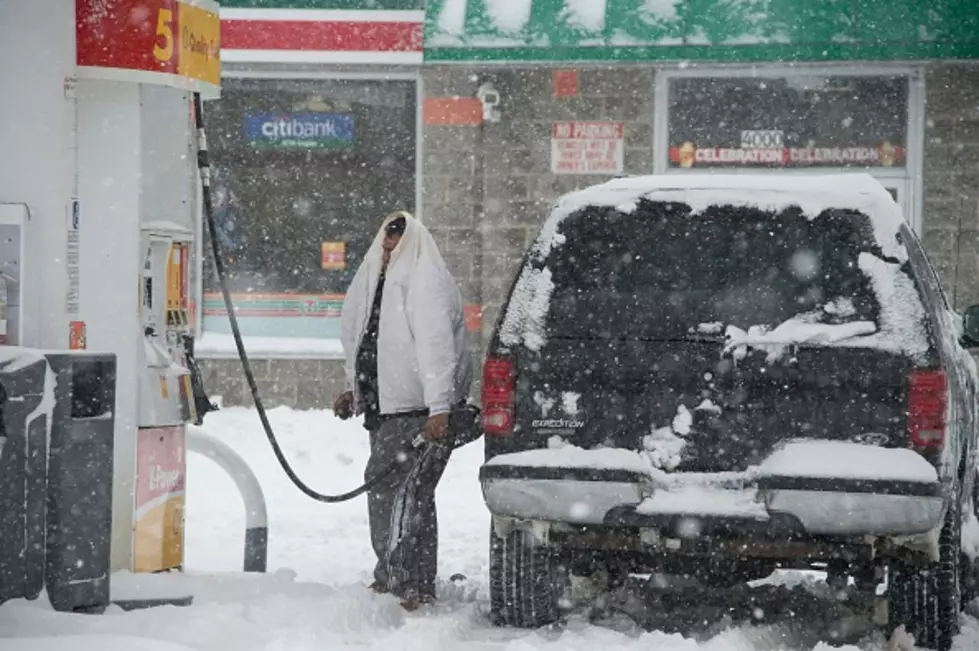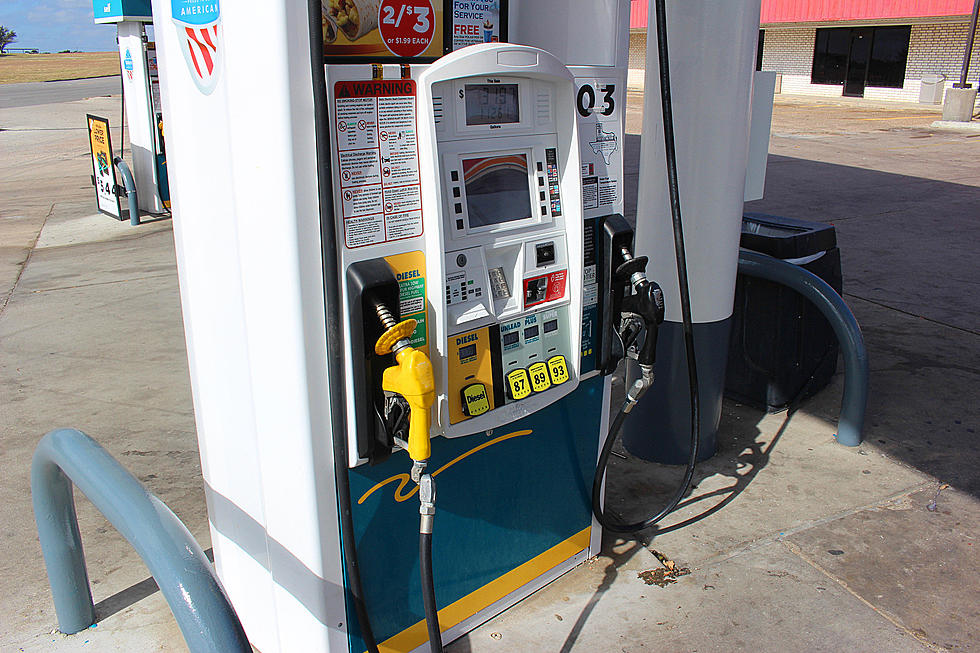
Gas Prices Moderating Across the Country
Through the first quarter of 2015 retail gasoline prices climbed highest in California and the Great Lakes region, but overall it’s been a subdued climb across the rest of the U.S. with the national average price of gasoline rising 45 cents per gallon since the New Year.
“While California’s average reached a 2015 high point of $3.44 earlier this year, and the Great Lakes states saw spikes due to multiple refinery problems in the Midwest, we believe we may have already seen the 2015 peak for the U.S. when the national average hit $2.47/gal. on March 6,” said Patrick DeHaan, senior petroleum analyst with GasBuddy.
On average, consumers today are saving $1.10/ gal. this year versus last year and it’s highly possible that summer gasoline purchases could bring even greater savings.
“Once refineries complete their scheduled maintenance seasons and switch to summer formulations is complete, their output typically increases,” said DeHaan. “Barring any unforeseen events --like refinery breakdowns or hurricanes— current supply & demand fundamentals could put more downward pressure on retail prices even during the summer driving season.”
Looking ahead at Q2, GasBuddy projects the national average price of gasoline will range as follows:
April: $2.25 to $2.45
May: $2.20 to $2.40
June: $2.15 to $2.35
Hot spots may exist in areas that require reformulated gasoline (Los Angeles, New York City, Chicago, etc.) but most of the country should see prices during Q2 that range from $0.75 to $1.25/gal below their 2014 levels.
“We know that our assessment challenges the conventional thinking that believes retail fuel prices always run
highest during the summer driving season, but in recent years we’ve seeing a paradigm shift. Despite the transition to summer blend fuel and the accompanying price hike that delivers annually, the national average has peaked ‘early’ for the past three years. The 2014 peak occurred in late April ($3.70). In 2013 it peaked in February ($3.74); and in 2012 it peaked again in April ($3.92).
“When it comes to fuel production everyone recognizes that current inventory levels exceed global demand but at the same time, between the major producers in N. America and OPEC nobody is willing to be the first to reduce output,” added Gregg Laskoski, another senior petroleum analyst with GasBuddy.com
More From KOWB 1290









